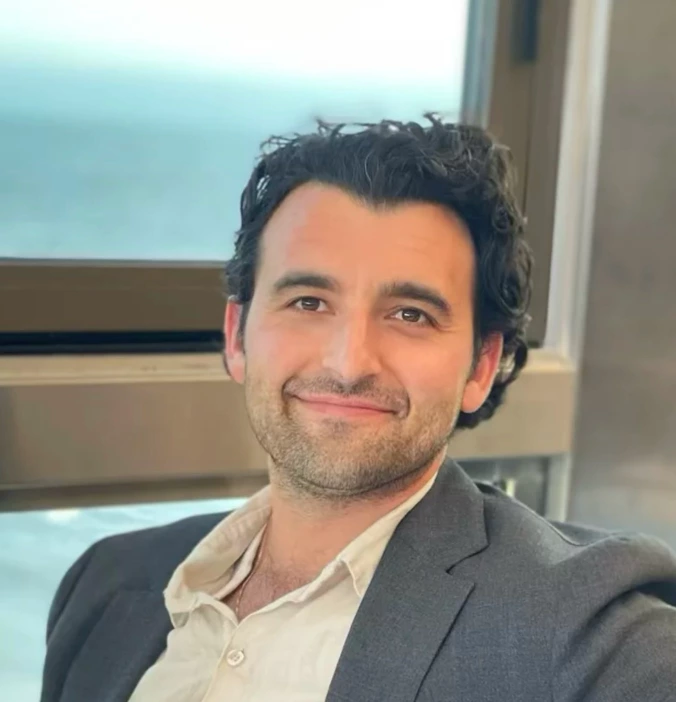“What are the best practices?”
has become an inevitable and frequently asked question in this era of quantified self, peak performance, and human optimization. It is a good question, particularly because of the intention to maximize your time and resources in an 80/20 Pareto principle type of manner.
However, I invite you to consider in what ways this question may be limiting.
It is my assertion that this question is limiting because it assumes that all the best practices have been discovered and thought through, with nothing left to to do but carry out the, so called, “best practices.” The notion of “best practices” is finite minded; whereas, the notion of “better practices” is infinite minded. Best practices, like titles, have a tendency to point backward in time. They reference what you have accomplished–past tense.
“If finite players acquire titles from winning their games, we must say of infinite players that they have nothing but their names… Unlike titles, which are given for what a person has done, a name is given at birth–at a time when a person cannot yet have done anything. Titles are given at the end of play, names at the beginning”
p. 26, James Carse
How do you or a group of people go from best practices to better practices?
1. Instead of viewing best practices as permanent, view them as malleable.
2. Instead of viewing best practices as goal posts, view them as directions. Just like values, best practices should be treated like the cardinal directions– north, south, east, and west. Earth is round; therefore, you won’t hit a dead end when traveling north, south, east, or west.
3. Instead of viewing best practices as static states of perfection, view them as the willingness to embrace a process of experimentation that is imperfect, and sometimes, messy.
Annie Duke writes beautifully in How to Decide that “good decision making requires a willingness to guess… getting hung up on not having all the information makes us overlook all the information we do know.”
I believe the same can be said for going from best to better writing… it requires a willingness to write even when you don’t know exactly what you are writing about. Because writing appears to be more permanent than speaking, it is common to fear the act of writing half baked ideas because they may turn out to be incomprehensible and/or uninteresting.
However, it is only when taking aim that you get to conjure up the skills and insights you do have, which gives you some amount of feedback to know how to adjust in order to improve. Going from best to better starts with trusting yourself and each other enough to try.
4. Instead of viewing best practices as what has been, view them as what can be.
Better practices are the shots we continue to take to advance us toward better results. Because, as Wayne Gretzky famously said, you will miss 100% of the shots you don’t take.




